Explore the Wonders of Nyerere National Park
Despite its name change from Selous Game Reserve and the redrawing of its borders, Nyerere National Park remains one of the largest conservation areas in the world.

Explore the Wonders of Nyerere National Park
Despite its name change from Selous Game Reserve and the redrawing of its borders, Nyerere National Park remains one of the largest conservation areas in the world.
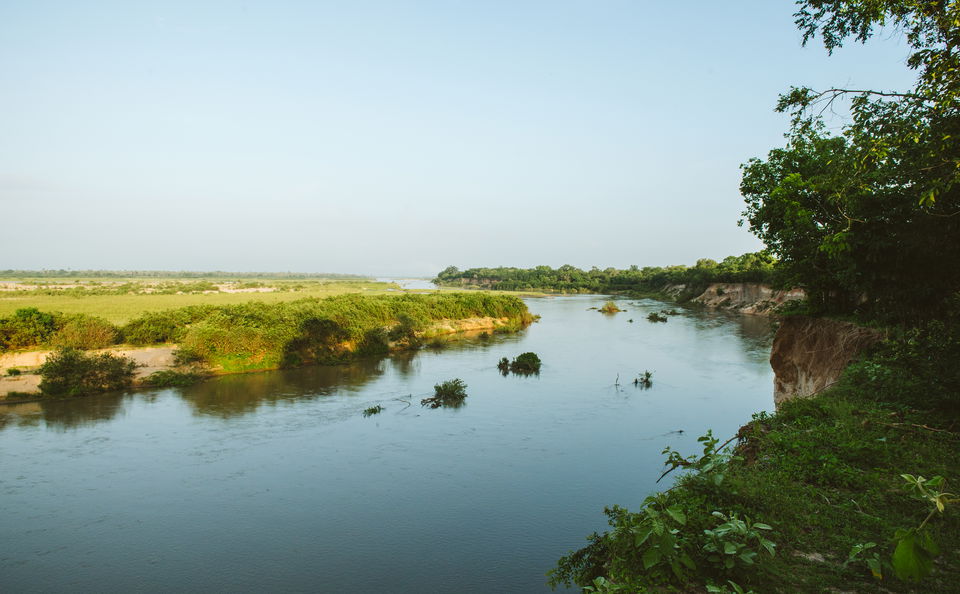
The historic Selous Game Reserve
Nyerere National Park, formerly part of the Selous Game Reserve, is Tanzania’s oldest and largest national park. It was designated a UNESCO World Heritage Site in 1982 for its ecological and biological significance. Selous Game Reserve was subdivided to form Nyerere National Park in 2019.

Change of the Seasons
The park experiences distinct wet and dry seasons. The dry season (June to October) offers prime game viewing as animals congregate around water sources. The wet season (November to May) brings lush vegetation and newborn animals. Due to accessibility during the rainy season, the camp closes temporarily from late March to early June.
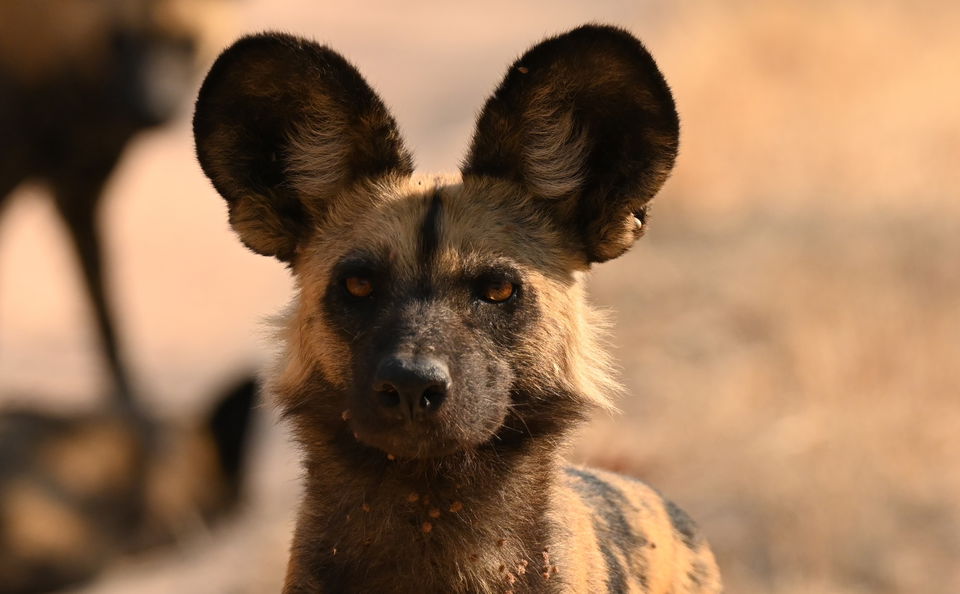
Wildlife in Nyerere National Park
This Big Five national park should be on your bucket list if you want to see endangered African Wild Dog. Numbering some 2 000 individuals, the Nyerere-Selous ecosystem is a critical refuge for the what is the world’s largest population of these canines. Denning season (July – August) is the best time to see them.
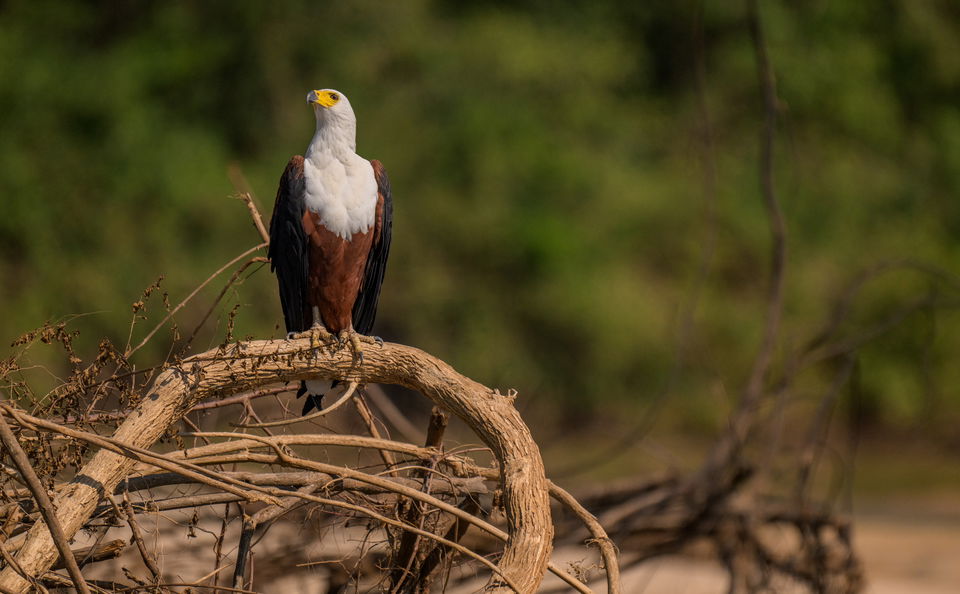
Birding in Nyerere National Park
Over 440 bird species call Nyerere National Park home, including Pel's Fishing Owl and White-Backed Heron, which live along the wooded riverbank.

Landscapes of Nyerere National Park
Nyerere National Park boasts diverse landscapes, from riverine ecosystems with seasonal lakes that dot the floodplains to woodlands and open grasslands. This variety supports a high concentration of wildlife.


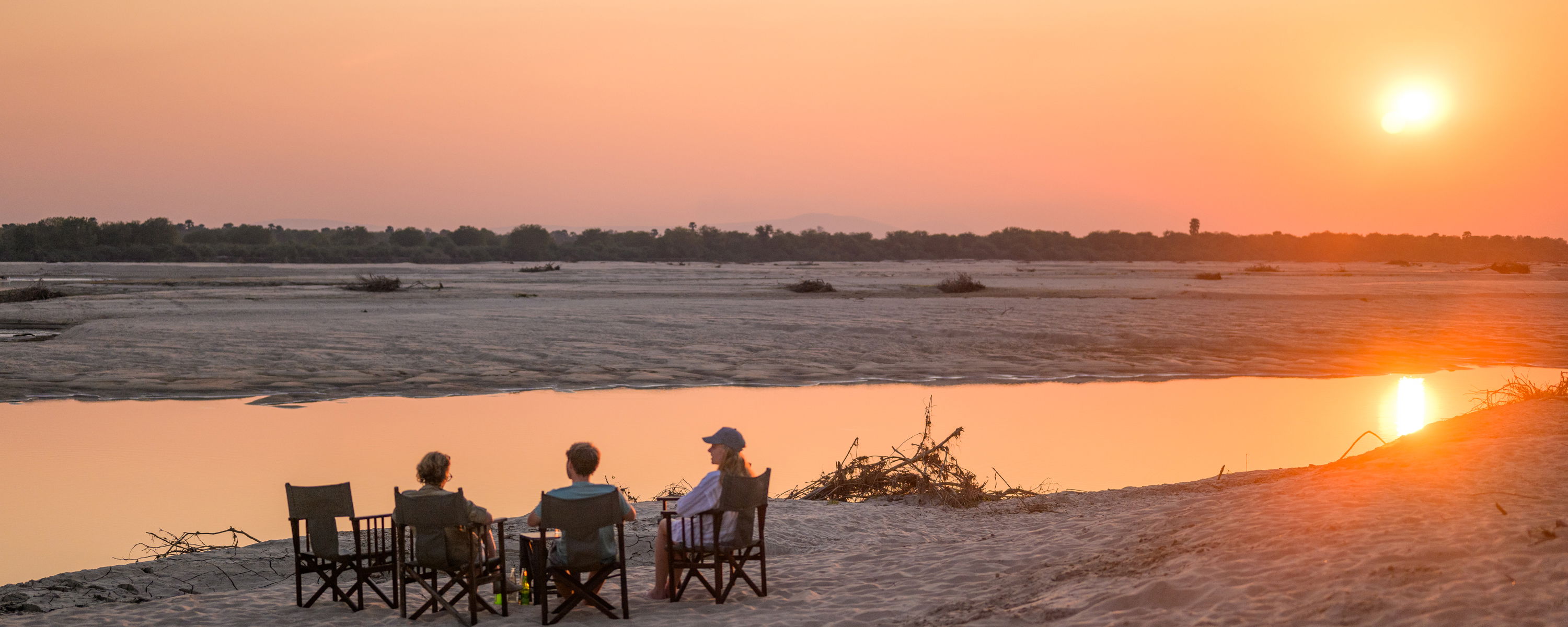
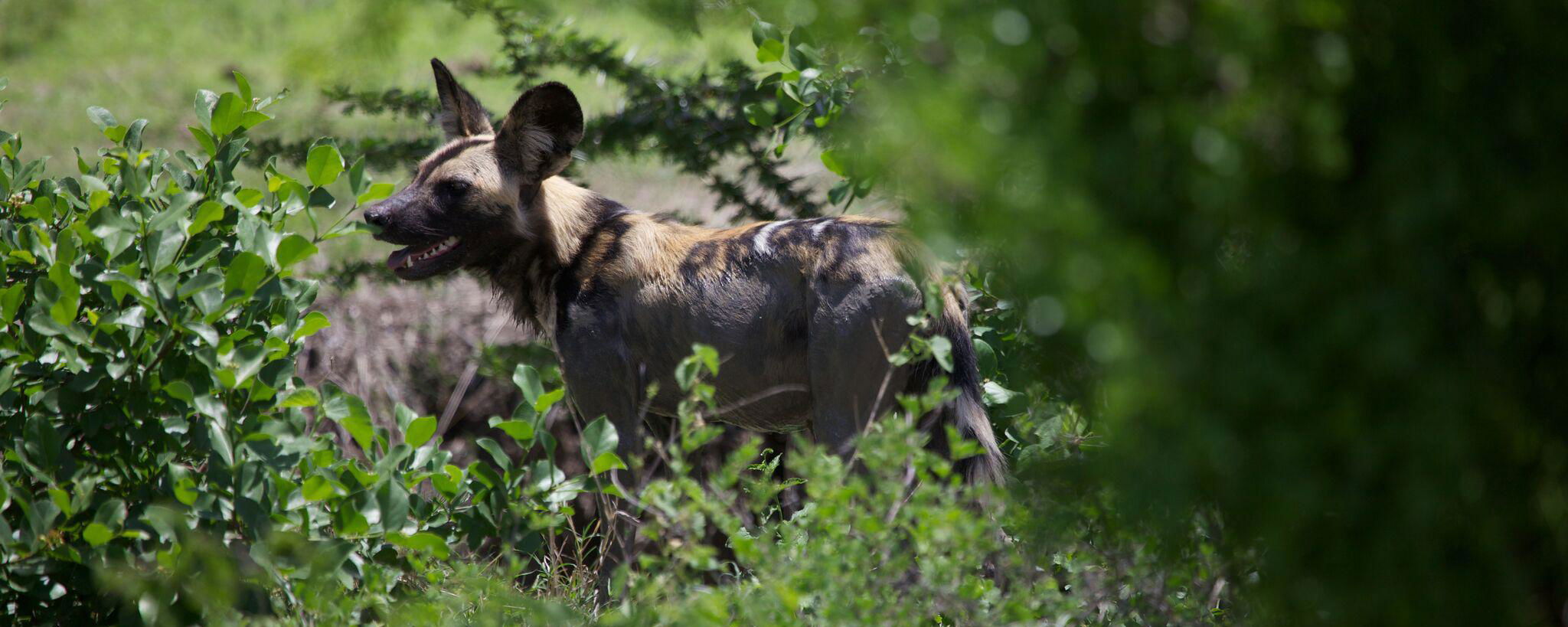

Share This Page